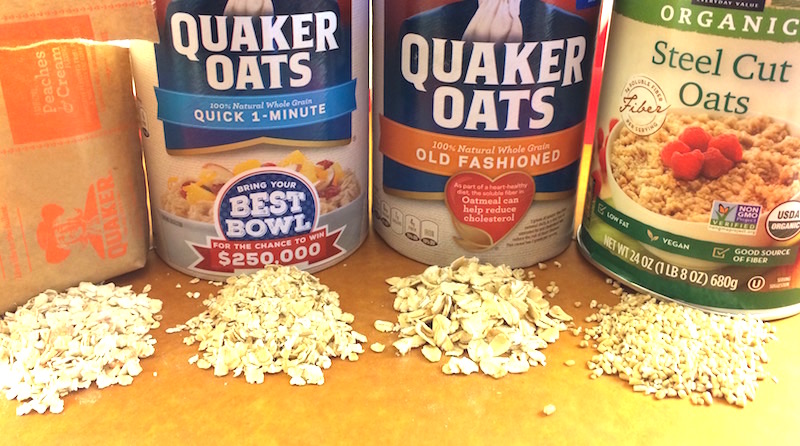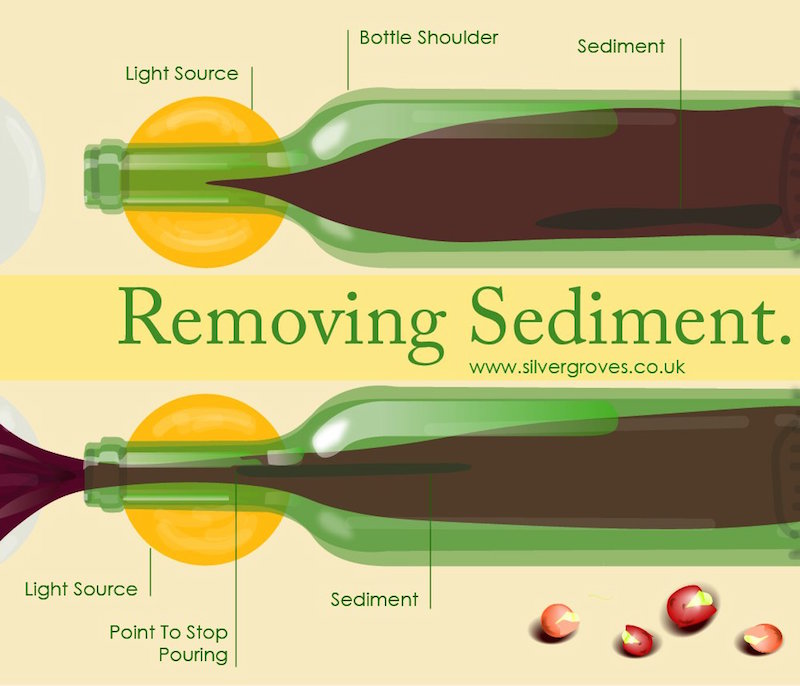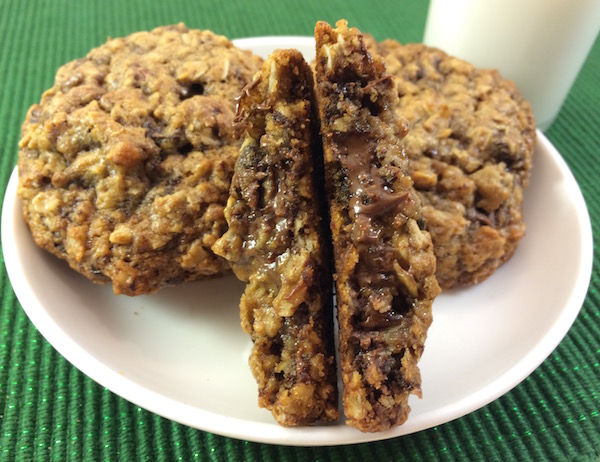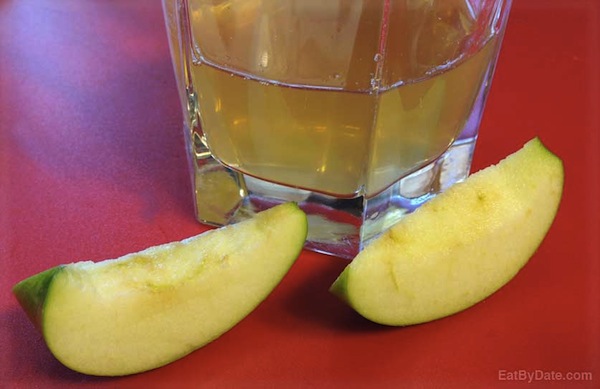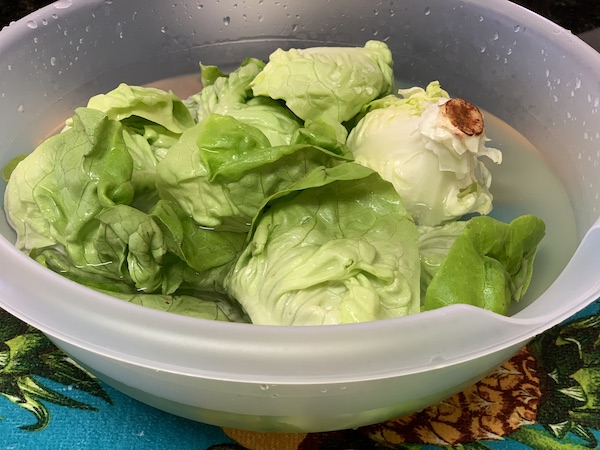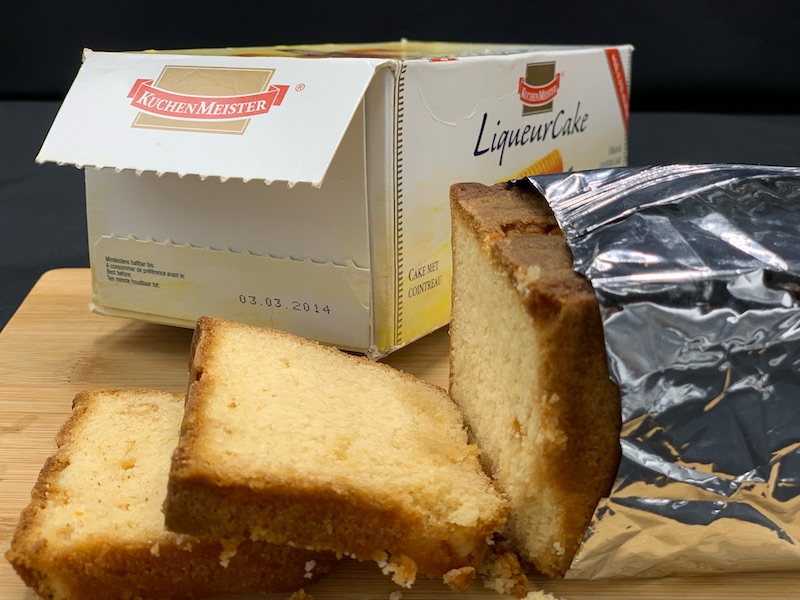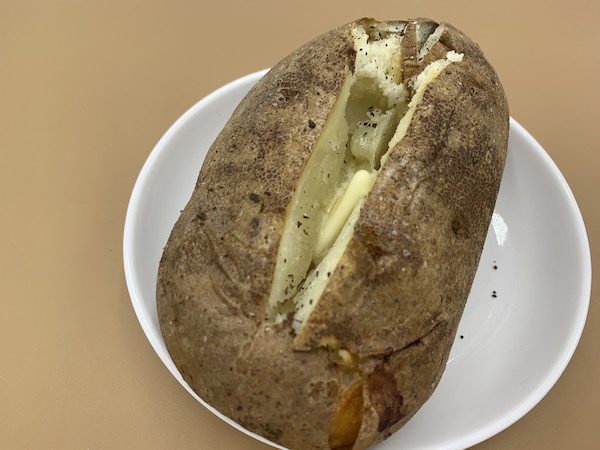Grocery Hacks
How to grocery shop.
We all have to grocery shop, at least once and awhile… unless you’ve taken to Google Express or one of the many other express shopping experiences that do the job for you. There are tricks that grocers and marketers use to try and get you to buy what they want you to, and not necessarily what you need. This post is to help steer you in the right direction as you drive your cart around your local grocery store. After all, the smarter you are with grocery shopping, the better you’ll cook and the less you’ll waste… until the cycle begins again at least.
These tips for how to grocery shop are to try and produce a nutritious grocery cart by the time you reach the check-out.
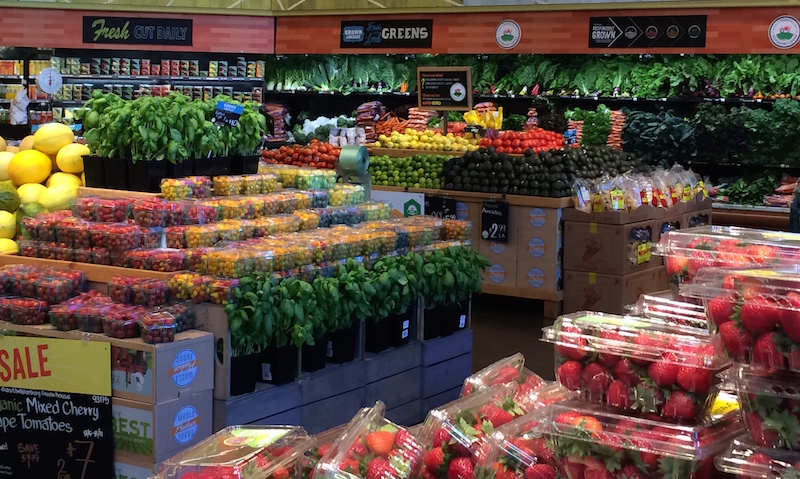
How to Grocery Shop
How to Grocery Shop
- Always eat before you go – that’s the number one rule if you want to end up with what you need for the week and not what you want in that moment. Shopping on a full stomach helps to avoid impulse purchases which are usually less nutritious and, more often than not, wind up as food waste.
- Smart grocery shopping takes some menu planning and creativity before you even hit the isles. Have a list, if you know your store then organize you list in the order of how you will approach the items in the store. Many stores also have apps, where you can put coupons for specials on your card and also place them onto a grocery list.
- Stick to the perimeter of the grocery store. Fresh things are generally kept around the outside walls of grocery stores. All the stuff in the middle isles is mainly stuff that you are better off avoiding. Better yet, shop farmers markets whenever possible. Better, fresher foods tend to be more satisfying and nutritious.
- Buy foods that were made by nature or a human. Put another way… eat it if it came from a plant, not if it was made in a plant.
- Avoid foods with ingredients you can’t pronounce, they’re generally chemicals and preservatives.
- Buy foods that will eventually rot, if they were made by nature then nature will eventually also end their life cycle (with the exception of honey).
- Eat colorfully – vegetable colors reflect the different antioxidant phytochemicals that they contain, and each can help protect against chronic diseases in their own way. So, a colorful plate is not only much more appealing to the eyes but is also more nutritious.
- When baking or buying breads, remember the importance of whole grains. Plain white flour, once digested, is pretty much the same as sugar.
- Think of meats as flavorings, instead of the main course.
- Avoid the terms “low fat”, “non-fat” and “lite” on the package labels you buy. The fat must be replaced when re-making the product and this is usually done by adding carbohydrates, which most often means more calories.
- Eat your fruits instead of drinking juice where you’ll miss the valuable fiber that slows absorption, makes your feel satisfied and helps digestion.
- Generally, the more processed the food is, the longer its shelf life. These foods are great to have for emergencies, like getting snowed in, but you don’t want to eat chemicals and preservatives as part of an everyday diet.
- The most nutritious plants are actually weeds and the healthiest diets actually make use of wild greens which contain higher levels of phytochemicals than domesticated crops. Crops which are selected for planting are bred to sell, so they are generally sweeter and have a longer shelf-life. This means that they contain lower levels of essential omega-3 fatty acids so that they will not oxidize and turn rancid as quickly.
- Wild fish is also more nutritious than domesticated because they eat a natural diet. You can get plenty of healthy fish oil from little fishes like sardines and anchovies.
- Some packaged foods with actual benefits have the addition of beneficial bacteria, which can help the digestive and immune systems while providing some vitamins and minerals not available from plants. These foods include things like yogurt, soy sauce, sauerkraut, kimchi and sourdough.
- These rules on how to grocery shop are for everyday living, but don’t be afraid to splurge on special occasions… as with most things, moderation is key.
Additional Information
For tips on how to make your fruits and veggies last longer once home, see our individual pages and read our keeping produce fresh post.
Don’t forget: For shopping some of the more specialized stores, like Whole Foods, without breaking your bank see our post on grocery hacks.
Hopefully these steps for how to grocery shop will make your next trip to the store a little quicker and/or easier.

